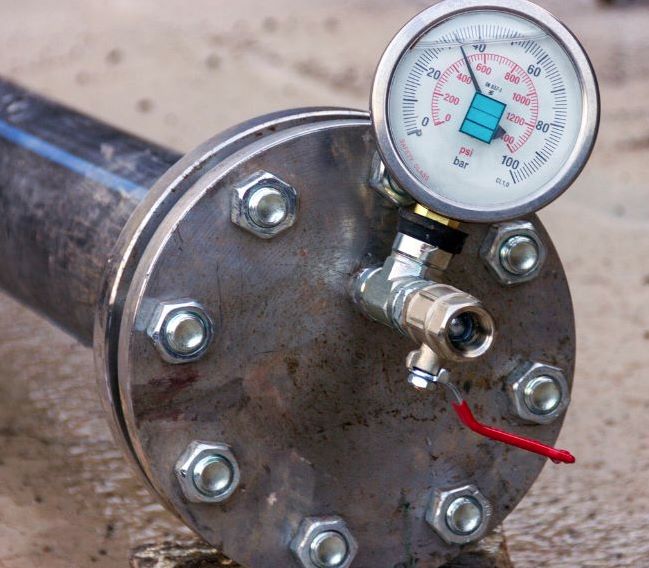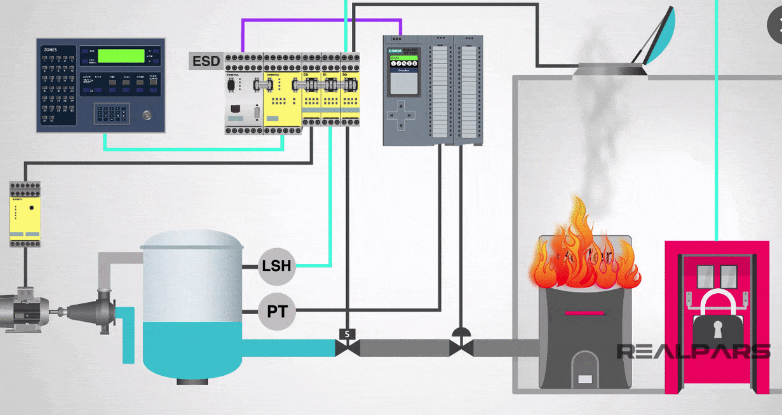
Mud pressure gauge failure
Pressure gauge failure is a critical component in any production facility, reducing the risk of accidents and causing serious consequences. The top eight causes of gauge failure include extreme temperature, overpressure/sudden depressurisation, mechanical vibration, corrosion, misuse, pulsation, clogging, and steam.Temperature can significantly affect gauge reading, with a ±0.4% per 10°C change in temperature from ambient. To avoid overpressure issues, choose gauges with a pressure range greater than the designed overpressure or consider overload stops or vacuum stops. Mechanical vibration can cause incremental damage that may nudge the pointer off the zero mark. Different gauges have different levels of vibration, and viscous damped movement and liquid-filled gauges can protect against vibration.
Corrosion can negatively affect pressure gauges, so gauges should be made from compatible materials or fitted with a diaphragm seal to extend their life cycle and prevent medium loss. Misuse, including mishandling and misapplication, can also cause gauge failure. Regular training on proper handling and installation can help limit the risk of mishandling. Pulsation can cause significant damage to gauges when media cycles quickly through the gauge, leading to a loose or fluttering pointer. Clogging can freeze the gauge, rendering it unable to display the correct pressure, creating potentially dangerous situations.
To manage pressure gauges, standardize them, conduct a full pressure gauge audit, and coordinate employee training to promote proper pressure gauge management. The pressure gauge plays a crucial role in reducing downtime, promoting safety, and ultimately boosting profits. Taking the time to ensure pressure gauges are operating at their optimum level can be one of the best business investments.




